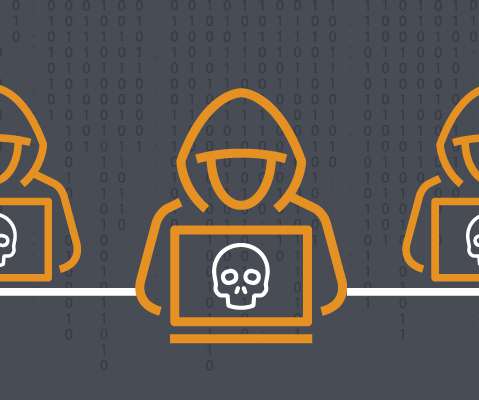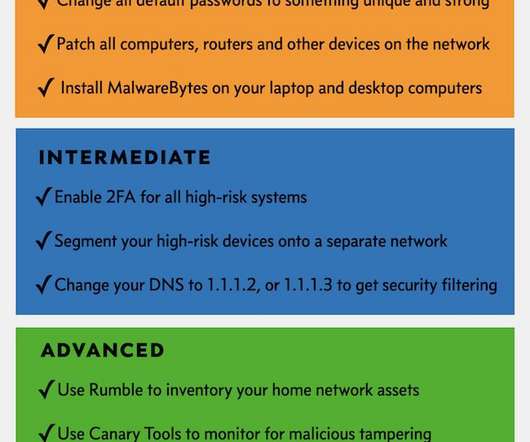Who’s Hacking You?
Webroot
MARCH 9, 2021
For even more tips from Webroot IT security experts Tyler Moffitt, Kelvin Murray, Grayson Milbourne, George Anderson and Jonathan Barnett, download the complete e-book on hacker personas. DNS (Domain Name System) is especially vulnerable. However, cybercriminals can also use legal DNS traffic surveillance to their advantage.















Let's personalize your content